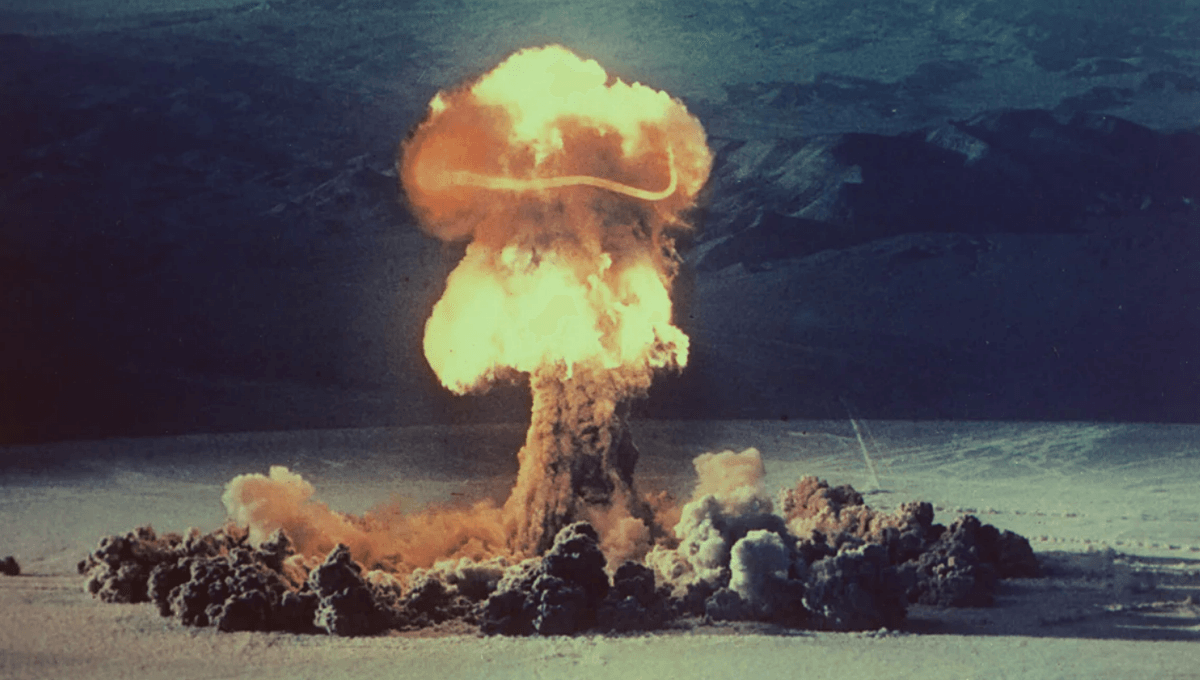
If worst comes to worst and atomic warfare erupts, seaweed could become the unlikely savior of humanity.
In a nuclear war, mushroom clouds and searing hot fireballs are just the start of the problems. Radiation will poison the land and vast plumes of soot will be blasted into the atmosphere, blocking sunlight from reaching Earth’s surface in what’s known as a “nuclear winter“.
This will result in a cooling of the planet, almost certainly leading to widespread crop failure and famine. However, some crops may be able to weather the storm better than others.
In a new study, scientists argue that seaweed could rise to become a much-needed food source amid the fallout of nuclear war.
Seaweed is relatively resilient and can grow in a wide range of environmental conditions. It’s also incredibly nutritious. Along with containing basic carbs, proteins, and fats, it’s also loaded with nutrients like magnesium, zinc, vitamin B12, iodine, and polyunsaturated fatty acids.
The research showed that seaweed could still be grown around the coast of the tropical oceans even after nuclear war. Within 9 to 14 months of the atomic bomb blasts, seaweed production could be scaled up to provide 45 percent of the global human demand, substituting 15 percent of human food, 10 percent of animal feed, and 50 percent of the global biofuel use.
“Once the whole seaweed farm area is saturated with seaweed, all yield thereafter can be used to produce food, feed, and biofuel. This is based on a low-tech seaweed farm design. Such designs consist mainly of seedling lines to attach the seaweed, longlines to attach the seedling lines, buoyant to keep the longlines afloat, and anchors to fix the farm in place,” the study authors write.
Of course, none of this should downplay the unbelievably horrific potential of nuclear war.
The Bulletin of the Atomic Scientists estimates that a global all-out nuclear war between the US and Russia would cause at least 360 million immediate deaths.
Even a localized exchange between two nuclear-armed countries, let’s say India and Pakistan, could result in the immediate deaths of 50 to 125 million people. This is before we even consider the impacts of radioactive fallout and a nuclear winter.
Nuclear weapons have only been used once in warfare. On August 6, 1945, the US bomber Enola Gay cruised over the Japanese city of Hiroshima and dropped an atomic bomb. Just three days later, another nuclear bomb was dropped on Nagasaki. Estimates vary, but between 110,000 to 210,000 people died in the initial blasts and the ensuing effects of ionizing radiation.
Following the end of the Cold War in 1991, the threat of nuclear war briefly subsided. Today, however, we are seeing the deterioration of nuclear arms treaties and, once again, rising tensions between atomically armed nations.
Consequently, the Bulletin of the Atomic Scientists believes our species is the closest it has ever been to annihilation – and no amount of seaweed can save us from that.
The new study is published in the journal Earth’s Future.
Source Link: Hope You Like Seaweed, Because We'll All Be Eating It After Nuclear War (If You Survive)